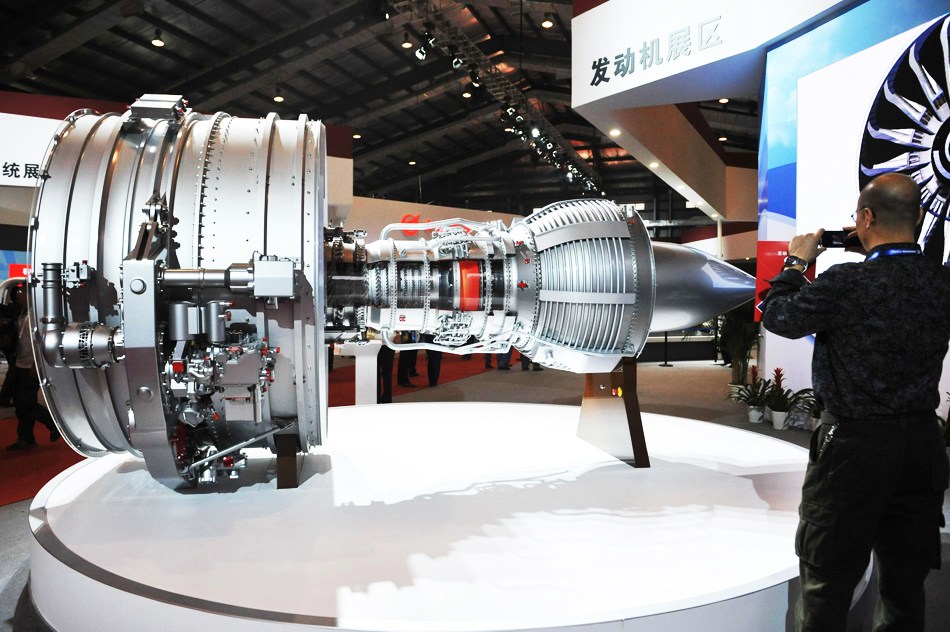According to an article published on the breakingdefence website on November 29, California-based Red 6 is expected to integrate its augmented reality system (ATARS) with the T-38 trainer next year to train fighter pilots on real aircraft for the U.S. Air Force on how to deal with virtual enemies. Lay the foundation for air combat.
Red 6 founder and CEO Daniel Robinson (Daniel Robinson) said in an interview on November 14 that the company is working to transform its airborne tactical augmented reality system from a prototype to a military aircraft. Mature system.
1. Overview of Airborne Tactical Augmented Reality System
The Red 6 company concept revolves around emerging augmented reality technology, superimposing virtual elements into the real environment that users can physically see. Its prototype ATARS system is being integrated with T-38 for use in fighter pilots to control F-16 and F- 15. Train fighters such as F-22 or F-35 beforehand. If successful, this technology could provide the U.S. Air Force with a more cost-effective way for pilots to fight the enemy without havin to rely on specialized "imaginary enemy" pilots to act as opponents.
The ATARS system includes a customized augmented reality headset, mounted on a standard HGU-55 helmet, and hardware that plugs into the aircraft itself and tracks the pilot’s head through space. Red 6 has built a prototype system for its Berkut 540 test aircraft, and conducted several demonstration tests under the small business innovation research contract with the Air Force Innovation Center AFWERX.
2. Challenges and problems
The modification of this system on the T-38 faces many challenges. One is whether the onboard hardware can withstand the daily operating environment, and whether it can adapt to the size, weight, power, and cooling limitations of this type of trainer installed in the 1960s.
The second is the security challenge. Daniel Robinson said, "The theory and ground prototypes have shown that the technology is feasible, but when integrated on a military aircraft and humans are involved, all existing safety issues need to be considered." For example, for the T-38 pilot helmet Modifications may increase weight and volume. This means that the new helmet must undergo an ejection seat test to ensure that the pilot does not pose an additional risk of head, neck or spinal injuries when ejected in an emergency.
The third is data encryption and delay challenges. A research team led by Todd Creek, Red 6's chief technology officer, is taking the lead in militarizing the company's augmented reality system. once the system is integrated with the T-38, the US Air Force and Red 6 will begin ground and flight tests. Ultimately, the goal is to verify that multiple trainers can be in the same augmented reality world, fighting the same virtual opponents without delays or technical failures, while still maintaining the security of sensitive data transmission. Robinson said that the encryption of sensitive data will affect the delay. How to ensure the security of sensitive data and low latency is also one of the challenges faced by the project team.
3. Test status and prospects
Earlier this month, Red 6 conducted a final demonstration for AFWERX: a two-on-one battle, in which its Berkut 540 test aircraft and an augmented reality version of the F-22 were formed in formation to fight against their opponents. This test is the first time that the virtual wingman and the opponent are projected into the operator's helmet interface at the same time. In this experiment, Robinson said that the F-22 generated by virtual reality technology can fly autonomously and make decisions independently, and adopt two-to-one tactics based on the actions of manually operating the aircraft.
Currently, the US Navy has participated in the latest AFWERX demonstration and is also interested in the technology. Red 6 expects that in the near future, the Navy will sign a small business innovation research contract to develop a naval aviation-specific version of its augmented reality training device.
In the future, Red 6 will develop an aircraft carrier takeoff and landing training system based on augmented reality technology. Let the aircraft simulate the take-off and landing of an aircraft carrier at high altitude, which poses less risk to pilots and less wear and tear on fighters. This technology has low-cost training capabilities and is of great value to the Navy.


